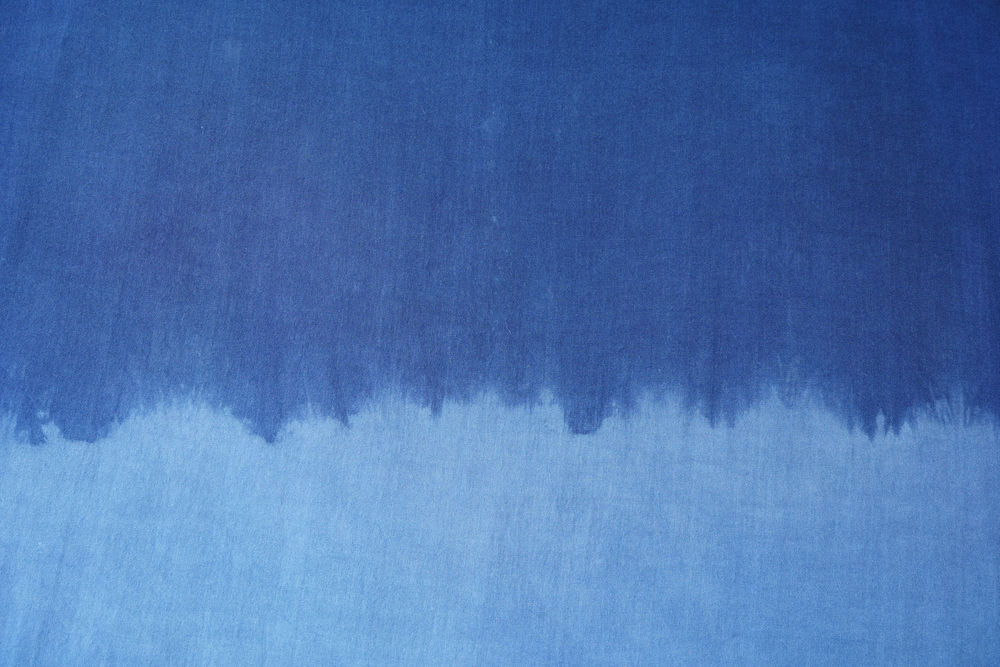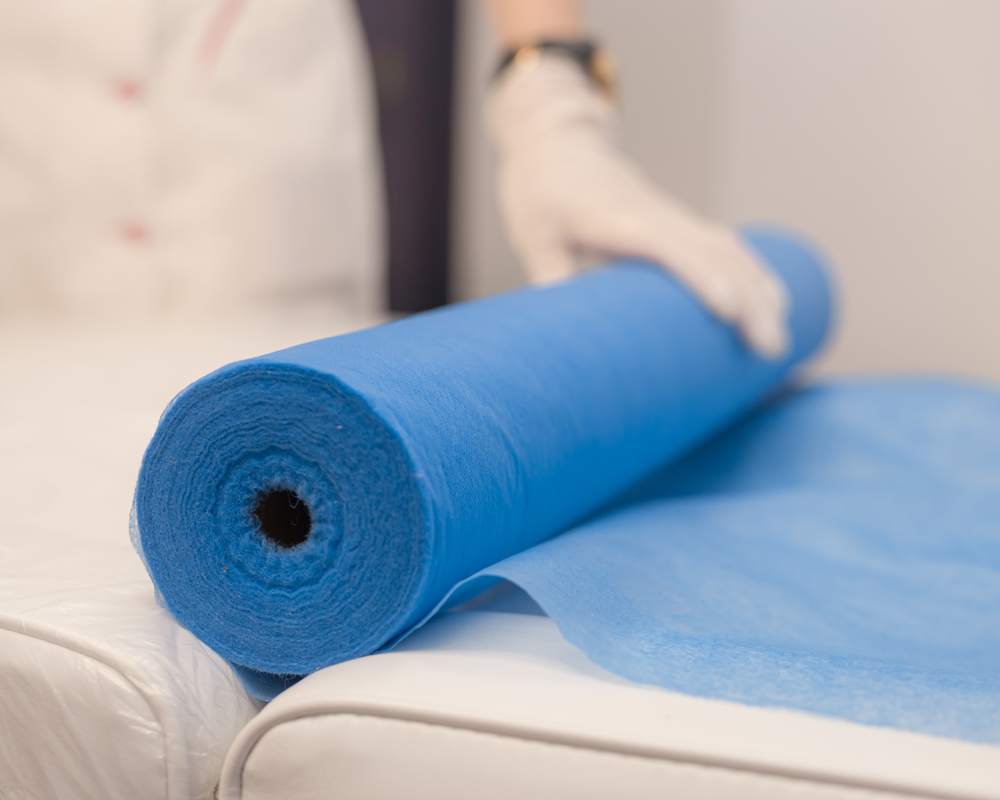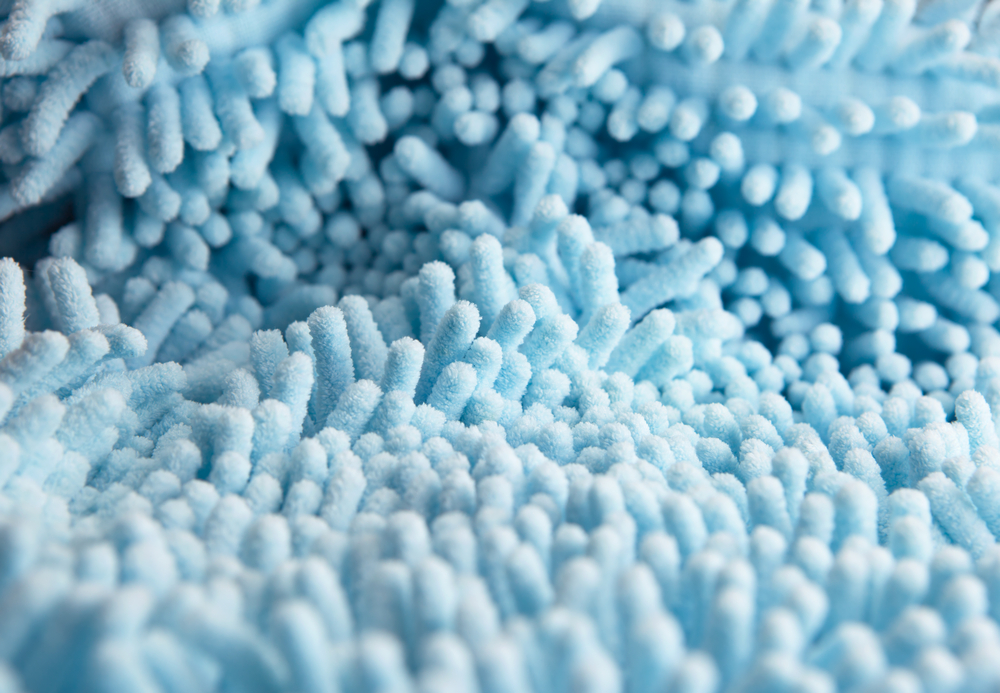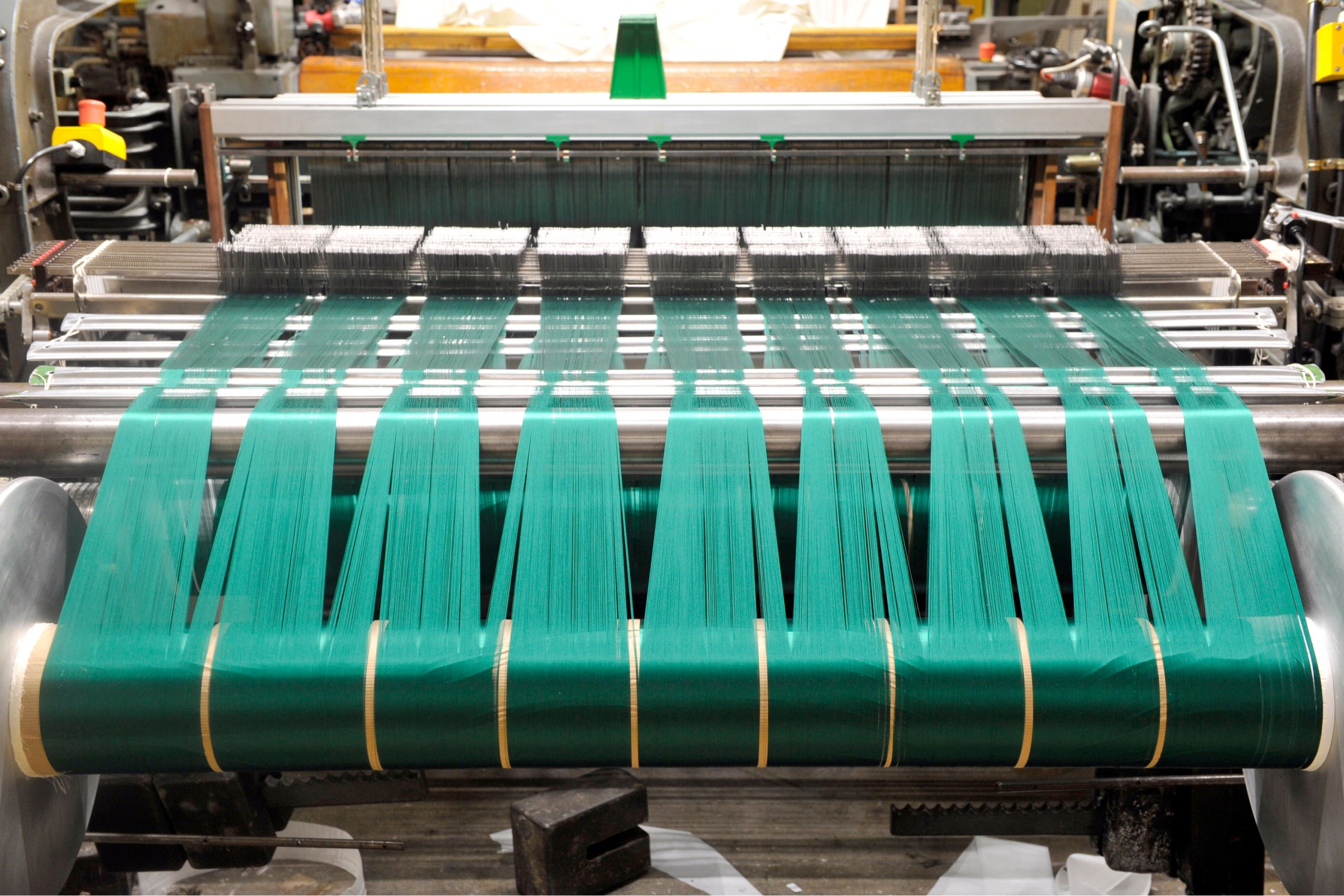Protective Apparel: Super Absorbent Textiles



Protective apparel is a special fabric that protects the body from several hazards. While all fabric provides people with some kind of protection, protective apparel is specially designed to protect people from hazardous situations like fire, cold, and medical situations. The super-absorbent fabric has been provided as a safety mandate for people working in hazardous environments.
With the rise of the industrial revolution, there has been a significant rise in using protective apparel for the workers to protect themselves from fire, blasts, cuts, chemical splash, and dirt from metals and glass and ceramics. Nowadays, it’s a mandate for industries and hazardous sites to maintain proper safety for the workers, and providing the workers with protective apparel is the primary thing to do.
Protective Apparel - Super Absorbent Textiles
Before diving deep into protective apparel, let us understand about protective apparel. The protective apparels are a special fabric that has been designed to withstand hazardous materials and protect people working in critical locations.
Fibres used in Protective Apparel
The Fibres used in protective apparel differ from the Fibres used in normal apparel. Certain high-end fibres are used in the manufacture of protective apparel.
- m-aramid Fibre - Protects against fire and heat.
- p-aramid Fibre - Protects against ballistics and has high tensile strength.
- Ultra high tenacity polythene fibre - Protects against chemical splashes, and has high abrasion resistance. The fibre is gel spun, ultra-high molecular weight polythene fibre.
- Polyetherketone Fibres - Protects against chemicals and several health hazards. This is a high-end crystalline thermoplastic fibre.
- Polyphonylene sulphide Fibres - Protects against fire, heat, and chemical resistance. The fibre is made of crystalline thermoplastic fibre.
- PBO (p-phenylene-2, 6-benzobisoxazole) Fibre - This fibre is used to increase the strength of protective apparel.
So, these are the fibres used in the manufacture of protective apparel. The detailed mix of the fibres depends upon the manufacturer and the requirements.
Types of Protective Apparel

Protective apparels are of different varieties, and it is not an easy task to differentiate them. One can differentiate the protective apparel in terms of military protective textiles, medical protective textiles, civilian protective textiles, space protective textiles, sports protective textiles and many others. They can also be differentiated in terms of their uses. But let us look at the broad differentiation of protective apparel for a better understanding.
- Heat and Cold protection textiles - The human body can withstand normal temperatures. In summers, the body needs to transfer the heat outside as soon as possible and in winters; the body looks for different ways to retain the heat. But that heat is always the permissible limit. Beyond it, the body cannot withstand the heat or the cold. The term heat stress is a situation where the human body cannot remove the excess heat from the body, and that may be hazardous to people. So, when people work in extreme hot and cold conditions, they need protective apparels that can radiate the excess heat or cold and protect the body from these hazardous conditions.
- Fire Protection textiles - Fire is a necessary evil. Fire is highly useful to humans and when misused can be a dangerous weapon. Fire disasters are common in hazardous and non-hazardous locations. The fire disasters in buildings and apartments occur in the vast majority, and the most ignited materials are textiles. The primary aim of fire protection textiles is to decrease the heating rate and provide sufficient time for the person wearing them to escape from the fire. The common materials used to manufacture fire protection textiles are Kevlar and Nomex. Along with fire protection material, the fabric is coated with a flame-retardant finish.
- Mechanical impact protection textiles - The mechanical impact protection textiles are essential for soldiers, police, and general security personnel. This is also called Ballistic protection textiles, and it protects people from objects of varying shapes and sizes coming at accelerated velocities toward them. Initially, these protection suits were made of metal and were heavy but with the invention of mechanical impact protection textiles, they are now relatively lighter and are easy to wear. The fabric is robust and protects the body from accelerated impact because of explosions and other dangerous accidents.
- Chemical protection textiles - The hazards created by chemicals are very serious. Many people do not interact with chemicals regularly, but for the ones who work with chemicals, protecting them against them is very essential. The damage done through chemicals can be everlasting and hazardous. The chemical industries should ensure that their workers are properly equipped with chemical protection textiles to ensure a safe working environment for their employees. The chemical protection textile is the last resort of protection against chemicals. The company should take proper care to minimise or eliminate human interaction with the chemicals. This protection textile protects the employees from the harmful gases released by the chemicals. A common chemical protection textile is a safety mask that protects people from dust and pollutant particles in the atmosphere.
- Radiation protection textiles - Nuclear radiation is the most dangerous form of a hazardous event. The alpha, beta, and gamma radiations form the major form of radiation hazards. The specially-designed radiation protection textiles protect the human body from radiation between 280 and 3000 nm. The protective gear comes with the protective suit, goggles, respiratory masks, and gloves. Nuclear plants have to strictly adhere to radiation protection protocols to protect their employees. The radiation protection textiles should be the last level of protection for the employees.
Different applications of Protective Apparel

After understanding the various protection apparel, let us find out about different applications of protective apparel.
- Chemical protective clothing (CPC) - The protective apparel is used to prepare chemical protective clothing for persons working in chemical and physical hazard locations. The chemicals can get absorbed into human bodies through physical contact or inhalation of gases. So, the CPC protects an individual by restricting the contact of hazardous chemicals with the human body.
- High visibility clothes - For people working in environments that are dimly lit, high visibility clothes are a saviour. They are of three types - fluorescent materials, photoluminescence, and reflection clothing. The primary use is by NDRF and state emergency units, armed forces, paramilitary, and other civil defence units.
- Hazmat suits - The hazmat suits are specially designed to protect people working in nuclear hazardous locations. The suits are prepared to withstand chemical and biological hazards and can be used for extended periods. The suit is made of inner layer (fabric cotton), middle layer (activated charcoal non-woven), and outer layer (chemical and fire retardant apparel). The suit can withstand extreme temperatures, be decontaminated two times and have a shelf life of 5-7 years.
- Flame retardant protective apparel - The fire protection suits are manufactured to protect people from fire, molten metal splashes, and other heat-intensive situations. These suits are used in iron & steel plants, refineries, welding industries, and aluminium industries. The fire protective apparel protects the individual from fire and is easily breathable.
- Bullet-proof jackets - The protective apparel are used to manufacture bullet-proof jackets that are used by defence personnel, armed forces, police, and security agencies. The suit can protect people from bullets fired from pistols, revolvers, and rifles. These suits help our security personnel to protect themselves and fight against crime, violence, and terrorism.
- Industrial gloves - Industrial gloves are a primary unit for people working in factories. The industrial gloves are specified under cut-slash protection and thermal protection. They protect the hands from cuts, injuries because of heavy objects, sparks, heat, and decrease the effect caused by heavy blows.
- High altitude apparel - For mountaineers, having the perfect apparel to protect them from the altitude, extreme climate, high-velocity winds, and snowfall is very essential. They are also known as extreme cold climate clothing. These clothes are designed to be practical and comfortable for the wearer. The main characteristics are waterproof, abrasion-resistant, resistant to wear & tear, breathable, and have high integrity.
All the above absorbent fabrics are designed from the fibres used to develop protective apparel. The manufacturers work with the fibres and manufacture the apparel as per the requirements. For a brand working on producing protective apparel, getting certified manufacturers who can provide high-quality products and deliver them in time is a tough job. FASHiNZA can help apparel brands in this regard.
Conclusion
The super-absorbent fabric has been a blessing for people working in hazardous locations. With the right mix of fibre, different kinds of protection apparel can be manufactured that can be used by persons for several uses. Some major protective apparel are fire protection textiles, radiation protection textiles, chemical protection textiles, mechanical protection textiles, and others.
If you are looking for a platform to meet trusted manufacturers for your apparel, help in the process of designing to delivery of apparel and end-to-end support, get in touch with the experts at FASHiNZA.



















